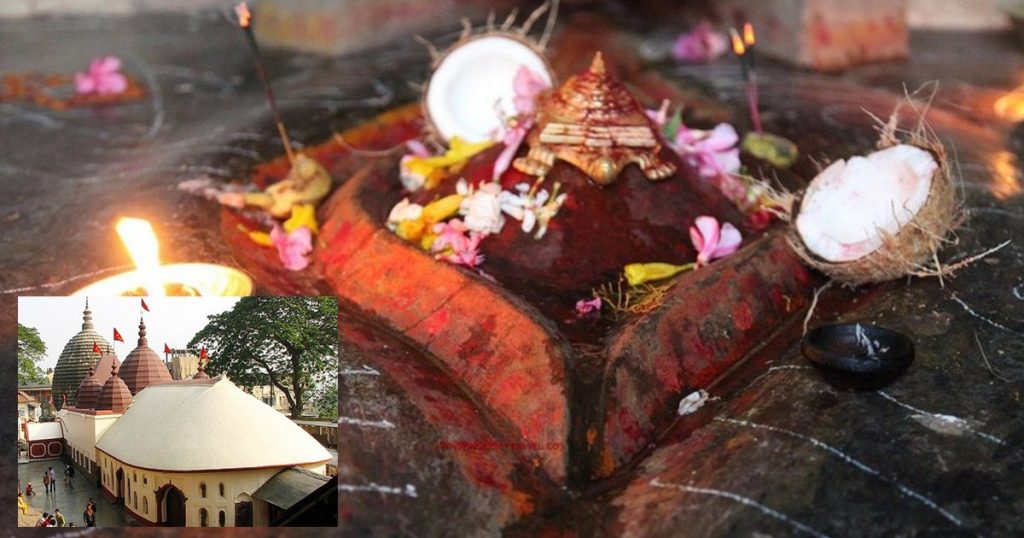The Kamakhya Temple, perched atop the Nilachal Hill in Guwahati, Assam, is one of India’s most revered Shakti Peethas. This ancient temple is dedicated to the goddess Kamakhya, an incarnation of Shakti, and is unique in its worship of the yoni-shaped stone instead of an idol. The stone is kept moist by a natural spring, symbolizing the goddess’s fertility. This distinctive feature makes the temple a focal point for devotees seeking blessings related to fertility and power.
One of the temple’s most intriguing aspects is its association with the Ambubachi Mela, an annual festival that celebrates the menstruation of the goddess. During this period, the temple remains closed for three days, symbolizing the goddess’s menstrual cycle and the earth’s fertility. Devotees from across the country gather to participate in the rituals and seek blessings, making it a significant cultural and spiritual event. The festival underscores the temple’s deep connection to the divine feminine and its role in promoting fertility and prosperity.
The Kamakhya Temple is steeped in legends and myths, adding to its enigmatic allure. According to mythology, the temple marks the spot where Sati’s yoni fell when Lord Shiva carried her charred body across the universe. This connection to the divine feminine power makes Kamakhya Temple a vital center for Tantric worship. The temple’s architecture, with its beehive-like shikhara and intricate carvings, further enhances its mystical appeal, drawing pilgrims and tourists alike to experience its spiritual and cultural significance.
The temple’s rich history and unique practices make it a fascinating destination for those interested in spirituality and mythology. Its role as a center for Tantric worship and its celebration of the divine feminine through the Ambubachi Mela highlight its importance in Indian culture. Visitors to the Kamakhya Temple not only seek blessings but also immerse themselves in the profound spiritual and cultural heritage that this enigmatic shrine represents.

